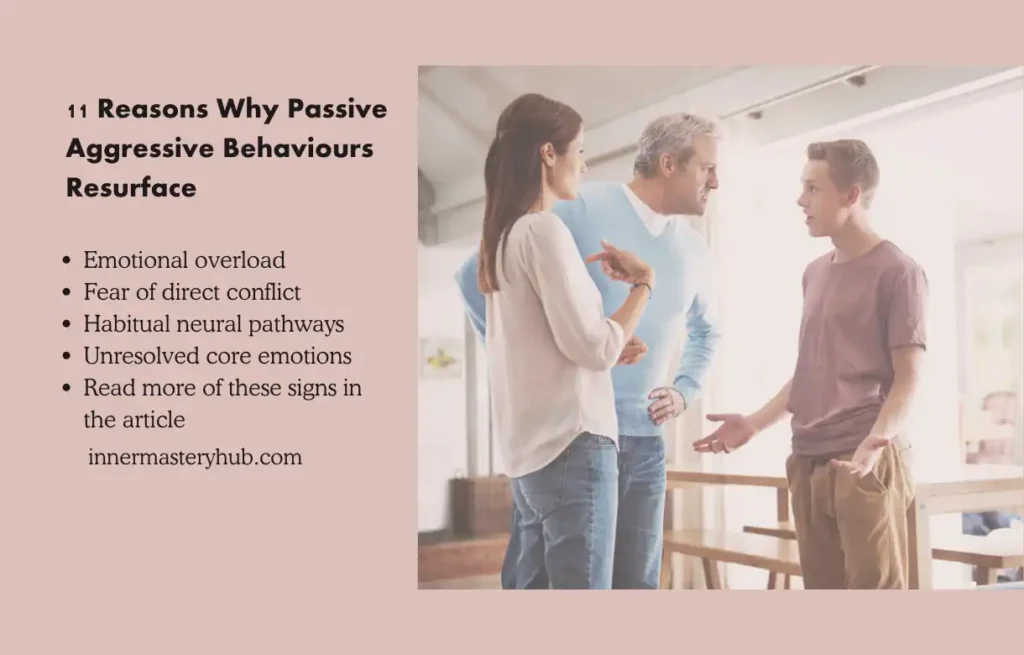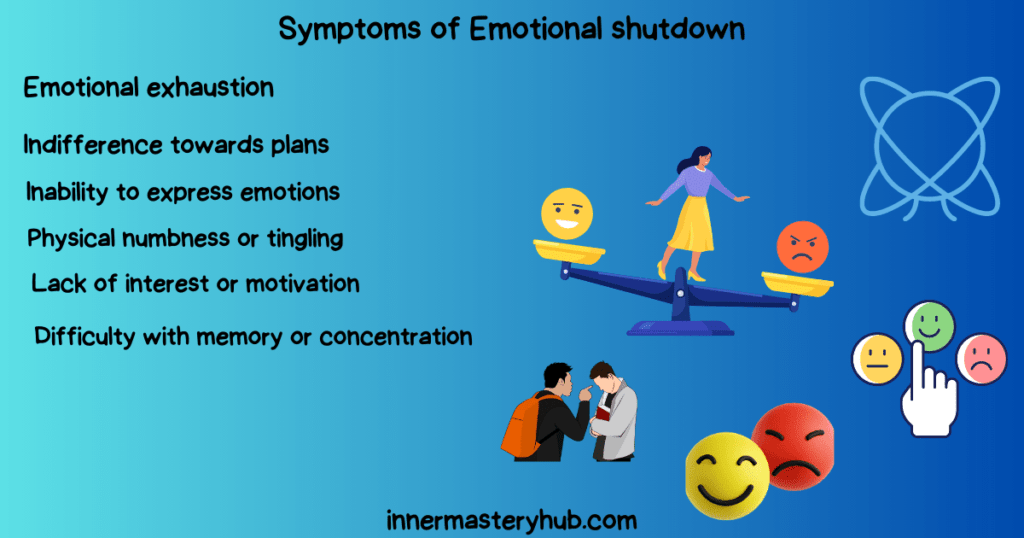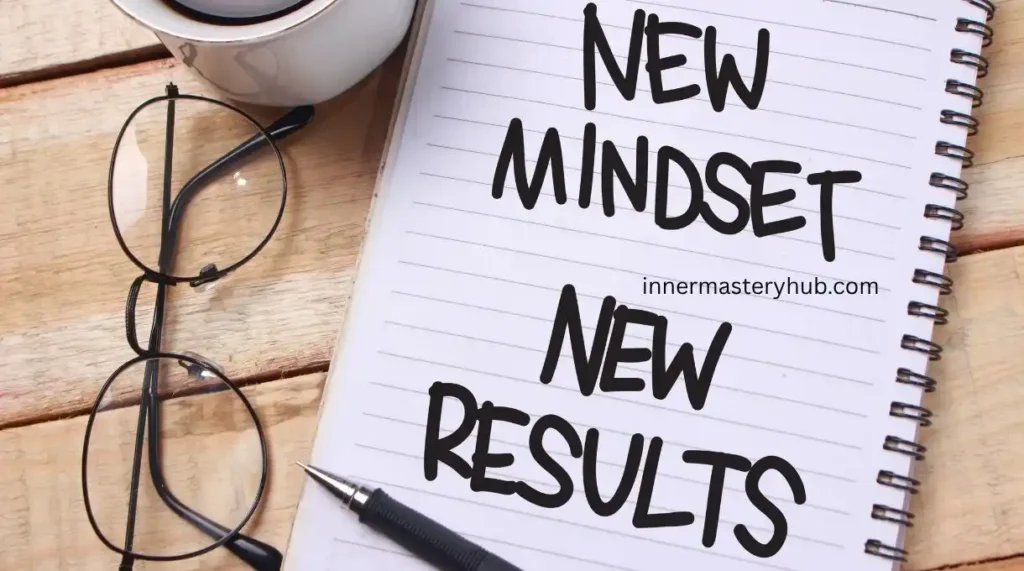11 Reasons of Resurfacing Passive Aggressive Behaviours Under Emotional Strain

When a person has previously managed an emotional habit, but it begins resurfacing passive aggressive behaviours again at a particular hardship, it can feel frustrating for them and for those around them. If you once thought you had left behind sulking, silent treatment, or indirect jabs, seeing those same behaviours return under stress can feel like slipping backwards.
Why Do Passive Aggressive Behaviours Reappear?
Before we dig into the reasons, let’s clarify what we mean by resurfacing passive aggressive behaviours. These are indirect ways a person expresses anger, resentment, or dissatisfaction, such as procrastination, sarcasm, silent treatment, delayed responses, or intentional inefficiency. Over time, these behaviours can damage relationships, Trust, and emotional well-being.
The core problem is that emotional strain makes it harder to maintain healthier communication, and under pressure, old coping styles can resurface.
The Emotional Toll When Passive Aggressive Behaviours Reappear
When passive aggressive behaviours reappear:
- You feel guilt or shame for acting in ways you thought you had overcome.
- Others around you become confused, resentful, or distant, which can worsen your stress.
- The pattern can spiral: as relationships deteriorate, your emotional strain increases, making passive aggression more tempting.
- You lose opportunities to solve real problems by avoiding them behind indirect signs.
So the resurfacing of passive aggressive behaviours doesn’t just feel like a backward step; it intensifies emotional pain and relational damage.
Reasons for Resurfacing Passive Aggressive Behaviours
Here are 11 reasons for resurfacing passive aggressive behaviours under emotional strain, each paired with a practical idea or tool you can use to manage or prevent them.
1. Unresolved core emotions from earlier wounds
Reason: Anger, hurt, or resentment from past events may not go away even if someone learns to regulate passive aggressiveness. Stressful situations in life may bring up emotional scars from early life or past relationships that were never healed.
Action to take: Investigate the deeper emotional triggers through journaling or therapy. Which instance from the past does this remind you of? The power of it decreases when the emotion is given a name, such as rage, betrayal, or humiliation.
2. Emotional overload and diminished self-control
Self-regulation worsens when there is a lot of fretting, fatigue, or emotional load. Your brain defaults to habitual, well-known coping mechanisms when under a lot of stress, and passive aggression can be a “go-to” fallback.
To deal with it, you must be mindful of your emotional boundaries. Take a moment to breathe when you’re feeling overwhelmed. Make use of brief rest periods, grounding exercises, or a gentle self-check (“I’m anxious now; I don’t have to react perfectly).
3. Fear of direct conflict or rejection
Confrontation can feel dangerous; you may want to express yourself indirectly out of fear of being rejected, of things getting out of hand, or of offending someone. To keep a “safe” distance during emotionally charged situations, you could automatically resort to passive aggression.
Put low-stakes honesty into practice. Begin modestly by using “I feel … when …” sentences to convey minor disagreement. Being direct without feeling threatened gets easier with time.
4. Power imbalance or perceived lack of control
Direct opposition feels risky when you feel helpless, such as at work, around authority figures, or in dependent relationships. Acts of passive-aggression turn into a means of quietly regaining somewhat diminished control.
Find out where you can actually affect results. In partnerships with power imbalances, find safer ways to voice your concerns. Use assertiveness in your sphere of influence.
5. Habitual neural pathways
Even unwanted, repetitive behaviours become ingrained in the brain as habits. Passive aggression converts brain circuits to be prepared to fire when provoked if it was a continuous pattern, as stress reactivates the “path of least resistance.
You can consciously create new, healthier routines to deal with the problem. Use reminders and signals to implement speaking directly. Over time, existing brain pathways decay, while new ones strengthen.
6. Difficulty identifying and naming emotions
Some people struggle to label their feelings. When emotions are vague, they easily default to indirect behaviours rather than describing the inner turmoil. Also, expressive suppression (holding in or hiding emotions) has been linked with worse emotional outcomes.
Expand your emotional vocabulary. Use feelings charts or lists to practice labelling your feelings (e.g., frustrated, hurt, disappointed). Pause and ask yourself: What is this—anger, fear, sadness?
7. High expectations and perfectionism
When you expect too much (of yourself or others), disappointment becomes a trigger. If direct feedback feels too risky, you may slip into passive aggression to express dissatisfaction without “failing” at confrontation.
Lower the pressure by accepting the fact that people are imperfect. Use gratitude and realistic expectations when something bothers you; phrase it as feedback rather than blame.
8. Environmental or relational triggers
Specific contexts or relationships trigger old patterns. For instance, if you grew up in a family where direct anger was punished, environments that mirror that cause you to revert.
Map your trigger zones. Notice which people or settings tend to trigger you. Before entering them, mentally prepare a strategy: rehearse what you’ll say or how you’ll respond.
9. Lack of immediate negative consequence
Resurfacing of Passive aggressive behaviours is sometimes reinforced; if the other person doesn’t call you out, avoids confrontation, or plays along, you get no pushback. That absence of consequence makes the behaviour “safe” and more likely to repeat.
What to do? Hold yourself accountable. Notice when you slip into passive aggression and try to correct it. Ask trusted people to point it out gently when you do it, so you catch it early.
10. Depression, anxiety, or internal self-directed aggression
Research shows a link between self-directed passive aggressive behaviour and depressive symptoms. When you are depressed, anxious, or blaming yourself internally, passive-aggressive actions (e.g., neglecting chores, procrastination) may express that internal conflict.
Monitor mental health, if you feel persistent sadness, loss of motivation, or negative self-talk, seek professional support. Use self-compassion practices and therapy.
11. Life transitions, change, or crisis periods
During changes, new jobs, relationship shifts, and losses, things feel unstable, and emotional reserves thin. Regression to older coping styles, including passive aggression, becomes more common in times of uncertainty.
Recognise change as a stressor. During transitions, slow down. Lean on support systems. Use journaling or check-ins to catch signs of reversion early.

Examples (in relationships, work, daily life)
Backhanded Compliments
- “I’m glad you finally did the dishes — it only took three reminders.”
- Why does it happen? Frustration builds up from feeling unappreciated, but instead of saying so directly, it comes out as sarcasm.
- Impact. The comment stings and fades away warmth, creating hidden resentment on both sides.
Procrastinating on Shared Tasks
- Agreeing to help plan a trip but “forgetting” to book anything.
- Why does it happen? They may feel pressured or resent being assigned responsibility, so they resist indirectly.
- Impact. The partner feels let down, and Trust weakens.
Agreeing Publicly, Resisting Privately
- Saying “Sure, I’ll do it” in a meeting, but later doing the opposite.
- Why does it happen? They want to appear cooperative while expressing disagreement indirectly.
- Impact. Trust between team members erodes, and conflict goes underground.
Withholding Help or Support
- A friend delays responding to messages or “forgets” to help you move after promising to.
- Why does it happen? They feel unappreciated or overburdened but don’t want to admit it.
- Impact. The friendship feels unreliable and strained.
9. Disguised Negativity
- “I guess you’re too busy for people like me.”
- Why does it happen? Instead of expressing hurt directly, the person uses guilt to get attention.
- Impact. It creates discomfort rather than open understanding.
Additional Tips
Here are a few bonus ideas you can integrate into daily life:
Routine of checking in every day. In the end, ask yourself: When did I experience tension? Did I give a vague response? Why? Jot down quick notes.
Play out challenging dialogues: train in your head or with a secure companion, as a real confrontation will make you feel more certain.
Use “I” statements. “You never listen” should be changed to “I feel unheard when…” This encourages dialogue and lowers barriers.
Define micro-boundaries, instead of expressing anger when someone crosses a line, say, “I would rather we discuss this later.”
Take ten deep breaths before responding if you’re feeling irritated or powerless. Your logical mind has the opportunity to select a more healthful reaction within that interval.
A therapist can help you rewire patterns and explore inner causes.
Holding the gains and preventing relapse
Resurfacing passive aggressive behaviours under emotional stress is a normal human tendency when stress levels are high and emotional shields are weakened; it is not an indication of failure. The reasons behind the relapse and having plans in place are more important than criticising yourself.
Use these 11 reasons for resurfacing passive aggressive behaviours as a checklist the next time you are under emotional or social pressure. Choose a healthier expression, identify the trigger, and pause. Old passive-aggressive reactions become less effective as the healthier approach grows stronger and more automatic over time.
Trust in your relationships and in yourself can be restored. The frequency of resurfacing passive aggressive behaviours can be reduced with awareness, regular practice, and a little perseverance.
FAQs about Why Passive Aggressive Behaviours Reappear
What does “resurfacing passive aggressive behaviours” mean?
It refers to the return of indirect expressions of anger, resentment, or frustration (such as sarcasm, silent treatment, or procrastination) after a period of reduced or controlled behaviour, especially under emotional stress.
What triggers the resurfacing of passive aggressive behaviours?
Common triggers include emotional overload, fear of direct conflict, feeling powerless, unresolved past emotions, habit, or periods of change and crisis.
What are the common signs or red flags of when passive aggressive behaviours reappear?
Some telltale signs include agreeing to something but not following through, giving the silent treatment, being sarcastic, procrastination, making excuses, subtle sabotage, and saying “I’m fine” when upset.
Why do people act passively aggressively instead of speaking directly?
They may fear confrontation, rejection, or being seen as “too much.” They might have grown up in environments where direct emotions were discouraged or punished. Low self-esteem or lack of emotional tools also play a role.
Can someone be unaware when their passive aggressive behaviours reappear?
Yes. Because passive aggression is often habitual and unconscious, many people don’t realise their own behaviour is passive-aggressive.
How do resurfacing passive aggressive behaviours hurt relationships?
They cause frustration, confusion, mistrust, and breakdown in honest communication. The recipient often feels powerless or walked over, while the person acting passively aggressive may feel disconnected and lose closeness.
How can you respond when someone is acting passive-aggressively toward you?
Use calm, direct communication. Point out the behaviour (e.g, “That comment sounded sarcastic”) and express your feelings about it. Ask for clarity. Don’t mirror passive aggression. Set boundaries.
What strategies help someone stop resurfacing passive aggressive behaviours?
Increase emotional awareness (label feelings), practice assertive communication (“I” statements), take small risks in conflict, pause before reacting, seek feedback, and use therapy or coaching.
When is passive aggression a more serious mental health issue?
If the behaviour becomes pervasive, chronic, severely interferes with relationships or work, or co-occurs with depression, anxiety, or personality issues, professional help may be needed. While Passive-Aggressive Personality Disorder was once considered, it’s no longer recognised in the DSM-5.
Can resurfacing of passive aggressive behaviours ever be healthy or adaptive?
In general, it’s not a healthy communication style. But in very constrained environments (e.g., where open conflict is dangerous), some may use indirect methods as a temporary coping tool. Over time, however, it tends to undermine Trust and well-being.






